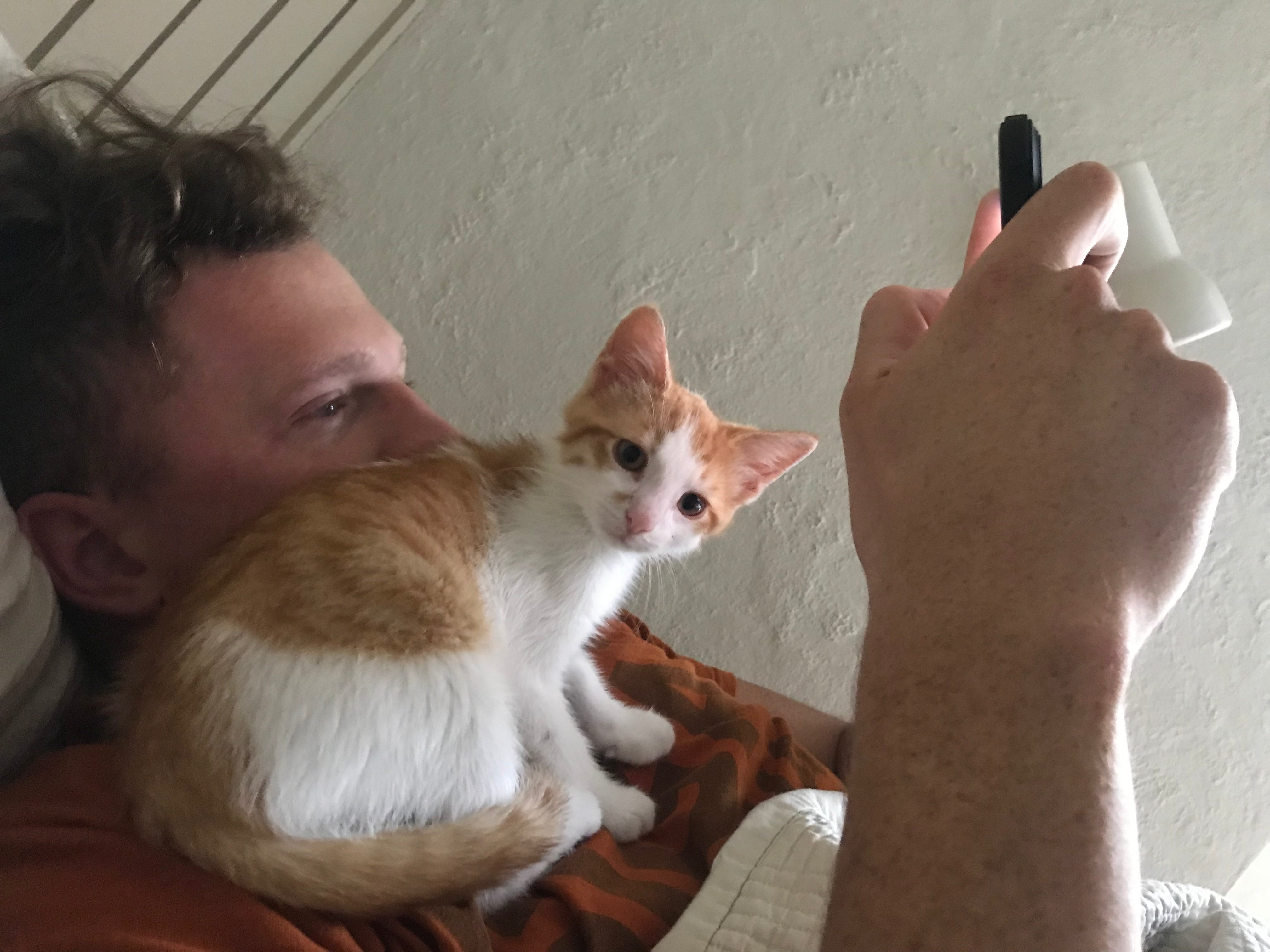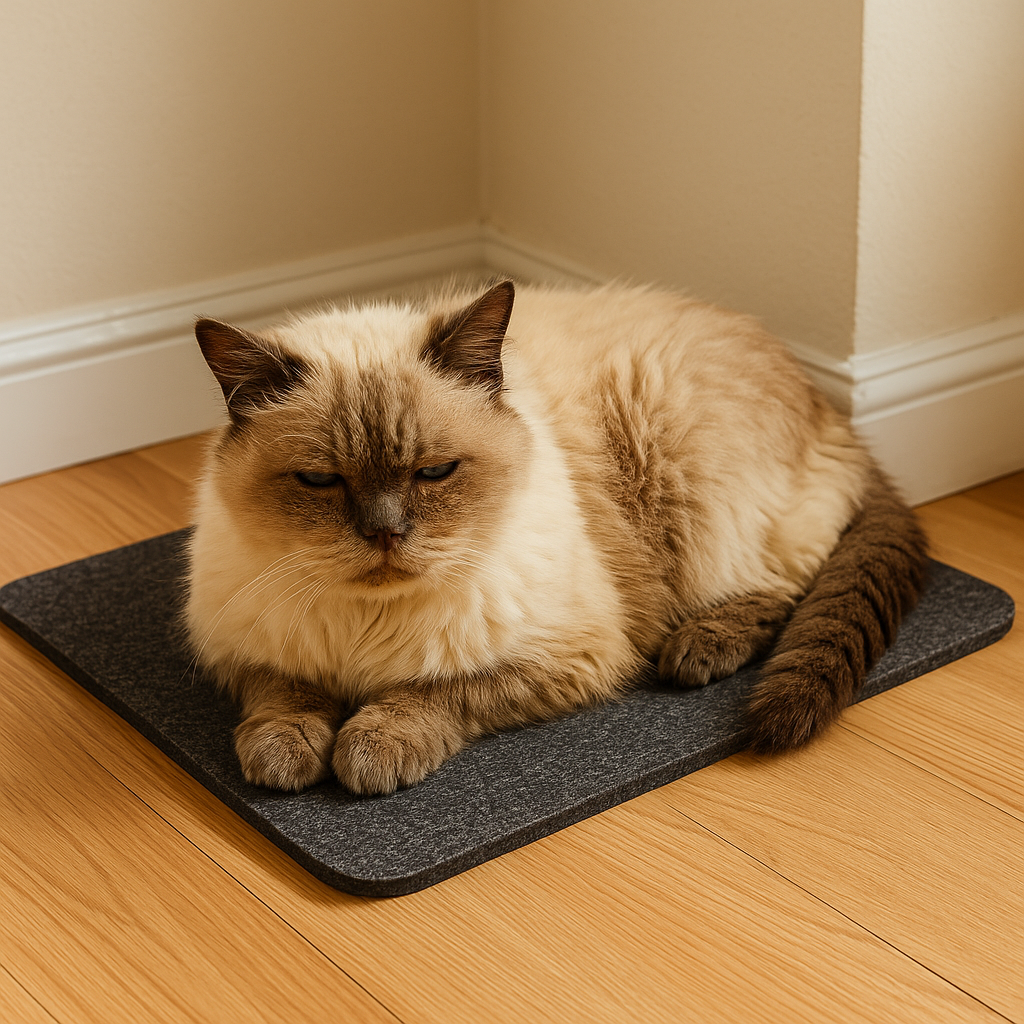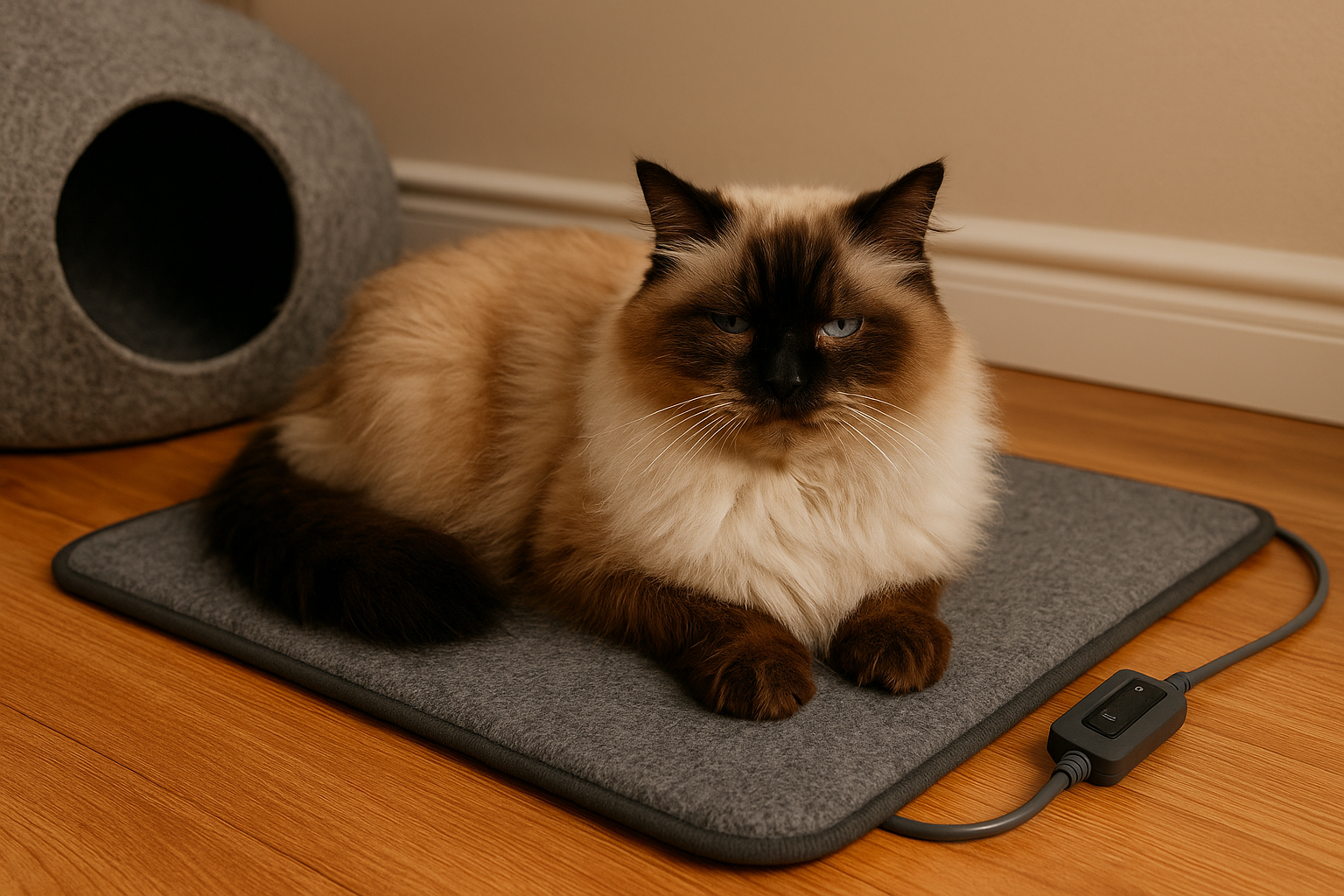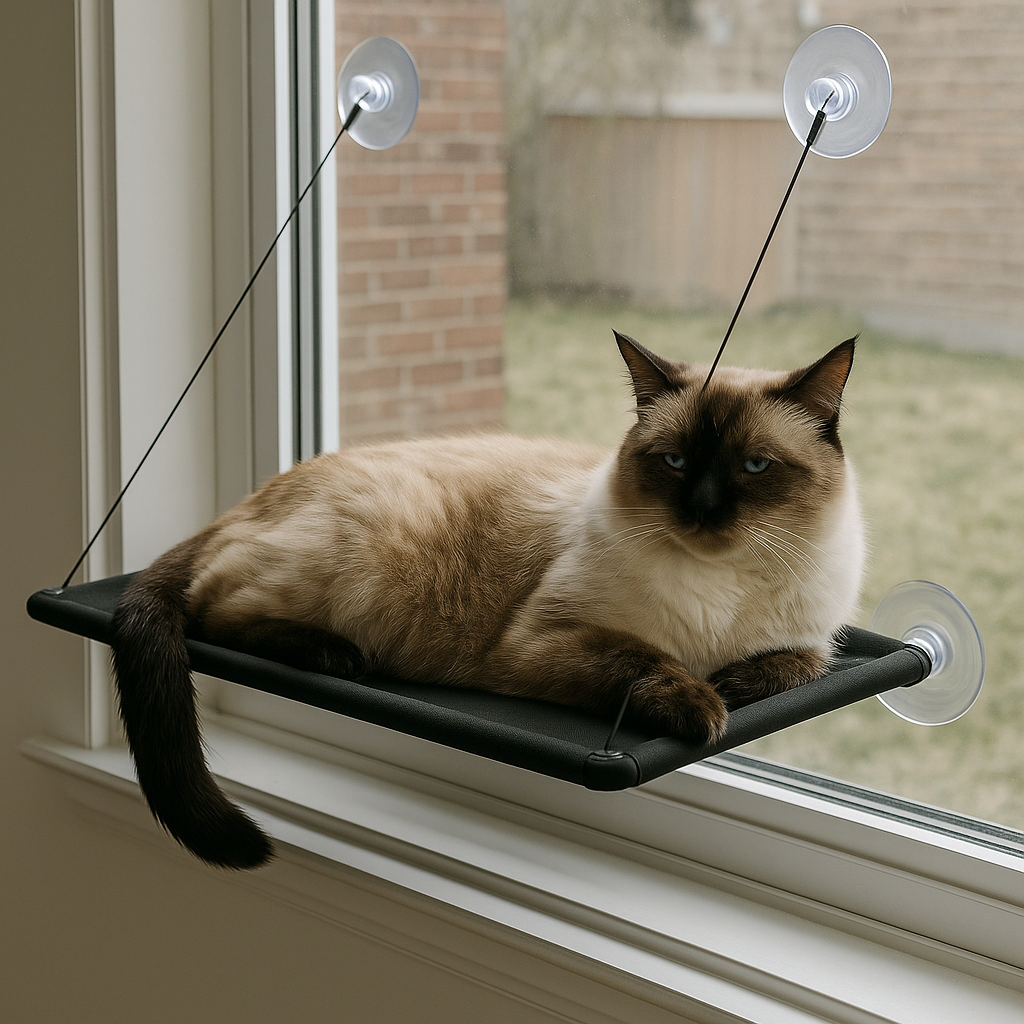Why Is My Cat Hot? Causes, Symptoms & When to See a Vet 2025 🌡️🐱
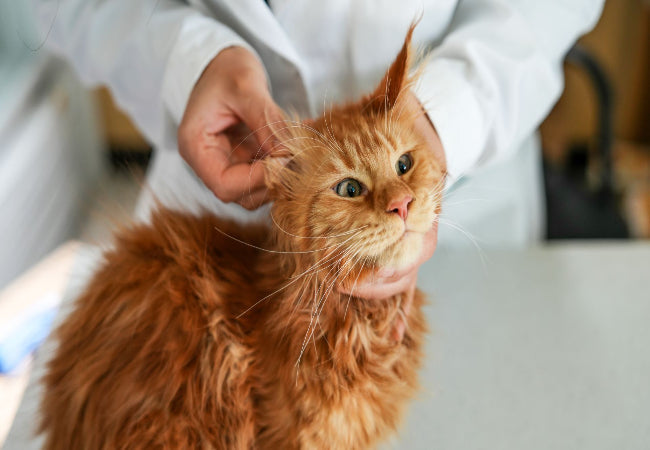
In this article
Why Is My Cat Hot? Causes, Symptoms & When to See a Vet 2025 🌡️🐱
By Dr. Duncan Houston BVSc
Cats are sensitive creatures, and a change in body temperature—whether feeling unusually warm or hot—can indicate anything from normal environmental responses to serious health issues. Understanding the causes and warning signs is essential for ensuring your cat’s health and comfort.
1. Fever (Hyperthermia)
-
A fever occurs when your cat’s body temperature rises above the normal range of 100.5°F to 102.5°F (38°C to 39.2°C).
-
Possible causes include infections, inflammation, immune responses, or toxins.
-
Additional signs of fever may include:
-
Lethargy or decreased activity
-
Vomiting or diarrhea
-
Shivering or trembling
-
Red or watery eyes
-
Coughing or nasal discharge
-
Changes in mood or behavior
-
If your cat’s temperature exceeds the normal range or they show multiple symptoms, a veterinary consultation is strongly recommended.
2. Environmental or External Heat
-
Cats can feel hot simply due to:
-
High ambient temperatures (hot weather, lack of shade)
-
Physical activity or exertion (running, playing, climbing)
-
-
Ensure your cat has access to cool areas, shade, and fresh water to prevent overheating or heatstroke.
3. Stress or Excitement
-
Emotional stress or excitement can cause temporary increases in body temperature.
-
Signs may include pacing, vocalization, dilated pupils, and restless behavior.
-
Try to provide a calm environment and observe whether the warmth subsides once the cat relaxes.
4. Other Potential Health Concerns
Even if a cat feels hot, there may be underlying issues unrelated to body temperature. Watch for the following warning signs:
A. Changes in Appetite or Thirst
-
Sudden increases or decreases in eating or drinking habits may signal illness, kidney issues, diabetes, or digestive problems.
-
Rapid weight loss or gain is also concerning.
B. Urinary or Defecation Problems
-
Increased or decreased urination or defecation, straining, or blood in urine/stool may indicate:
-
Urinary tract infection
-
Bladder stones
-
Gastrointestinal issues
-
C. Lethargy or Anorexia
-
Cats who are unusually tired, inactive, or refuse to eat for more than 24 hours may be sick or in pain.
D. Behavioral Changes
-
Sudden aggression, excessive grooming, restlessness, or unusual anxiety can be signs of:
-
Pain
-
Illness
-
Stress
-
E. Pain or Discomfort
-
Limping, difficulty sitting or lying down, wincing when touched, or excessive licking at a specific area indicates possible injury or internal pain.
F. Skin, Ear, or Eye Issues
-
Redness, inflammation, sores, hair loss, head shaking, or discharge in the eyes/ears should prompt immediate veterinary attention.
G. Vomiting or Diarrhea
-
Frequent vomiting or diarrhea, especially with blood or mucus, can indicate serious problems like infections, parasites, toxins, or organ disease.
✅ What You Should Do
-
Monitor Your Cat
-
Take note of temperature, appetite, energy levels, and any behavioral changes.
-
-
Provide Comfort
-
Ensure access to cool, shaded areas and fresh water.
-
-
Seek Veterinary Care
-
If your cat’s body temperature exceeds 102.5°F (39.2°C) or shows multiple warning signs, consult a vet immediately.
-
A veterinarian may perform a physical exam, blood work, urine tests, or imaging to determine the cause.
-
Key Takeaways
-
Feeling hot can be normal in some situations, like during play or hot weather, but persistent heat or accompanying symptoms can indicate illness.
-
Early recognition and prompt veterinary care improve outcomes for your cat.
-
Always monitor your cat’s behavior, appetite, and body temperature for subtle warning signs.
Cats are experts at hiding illness, so even slight changes in temperature or behavior warrant attention. Acting early can prevent serious complications.




